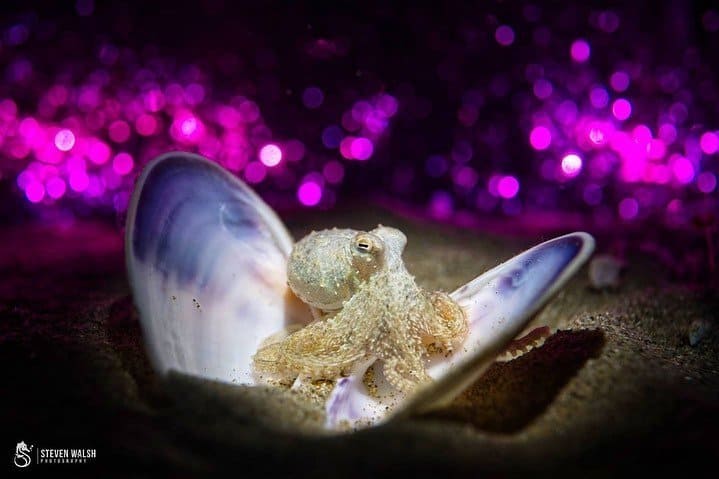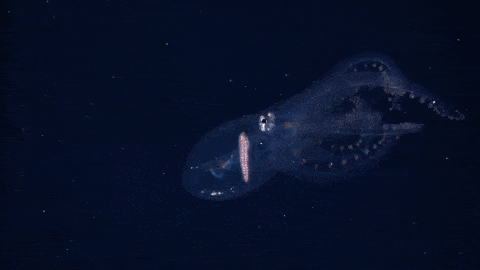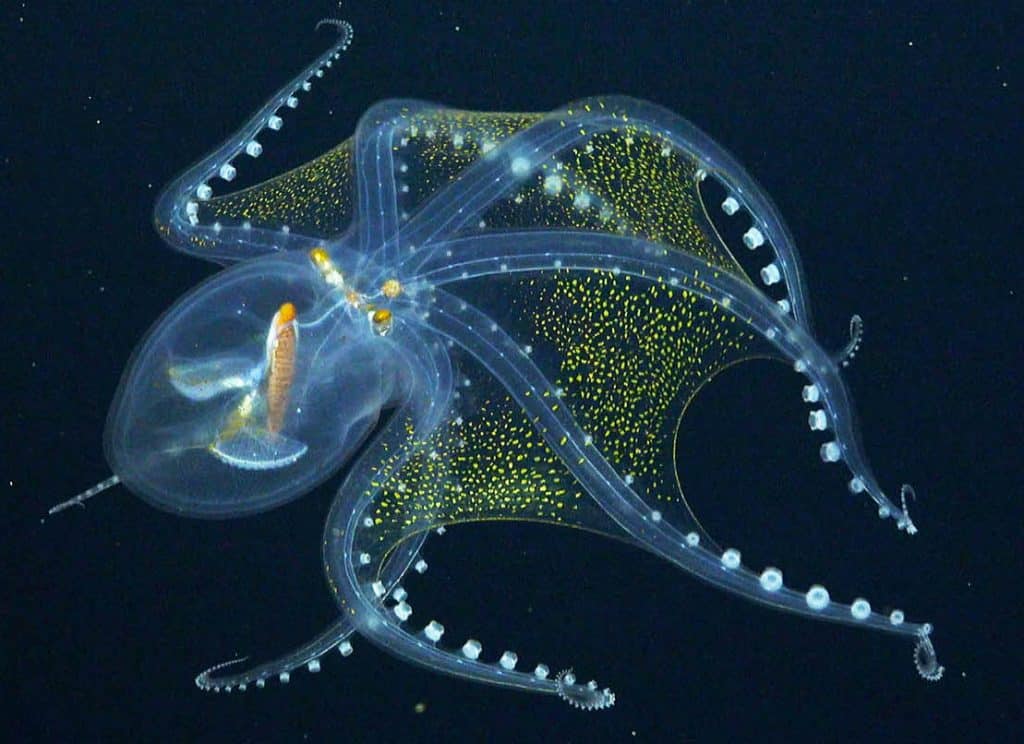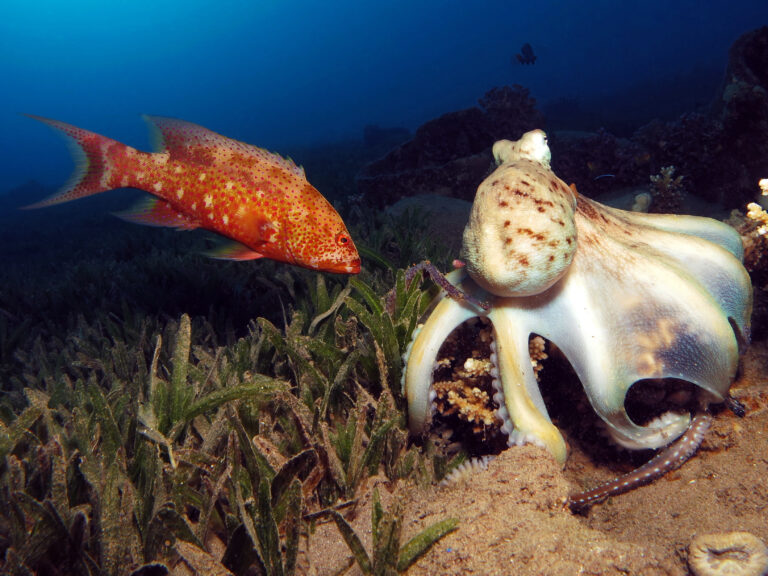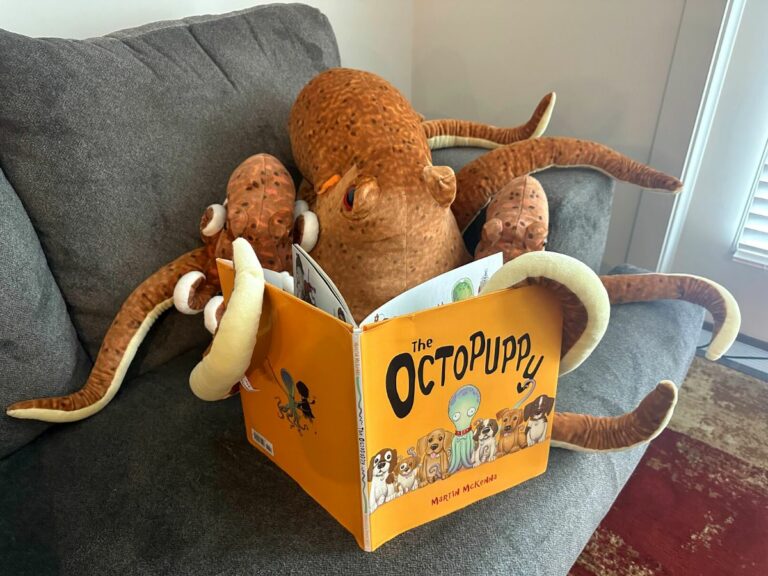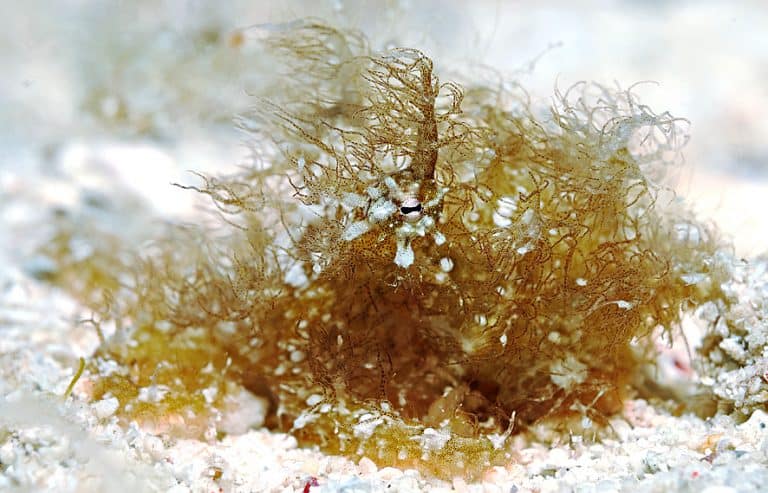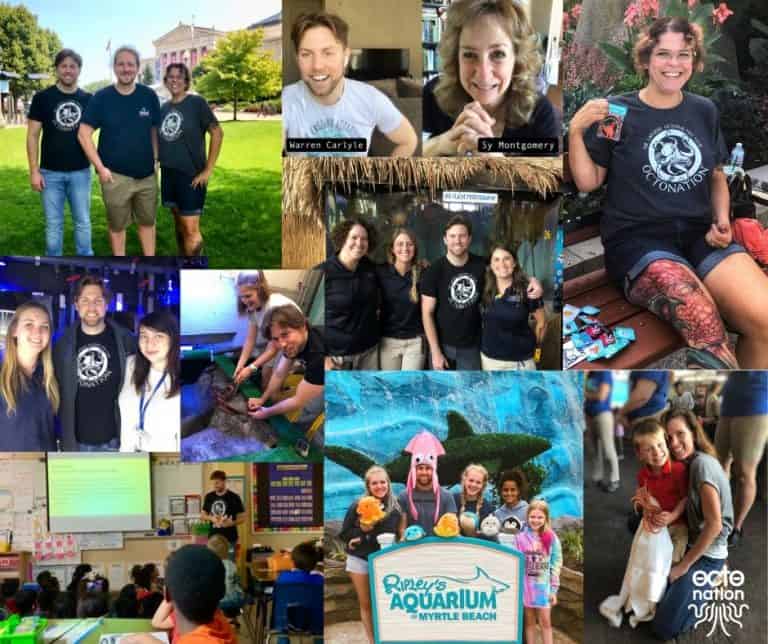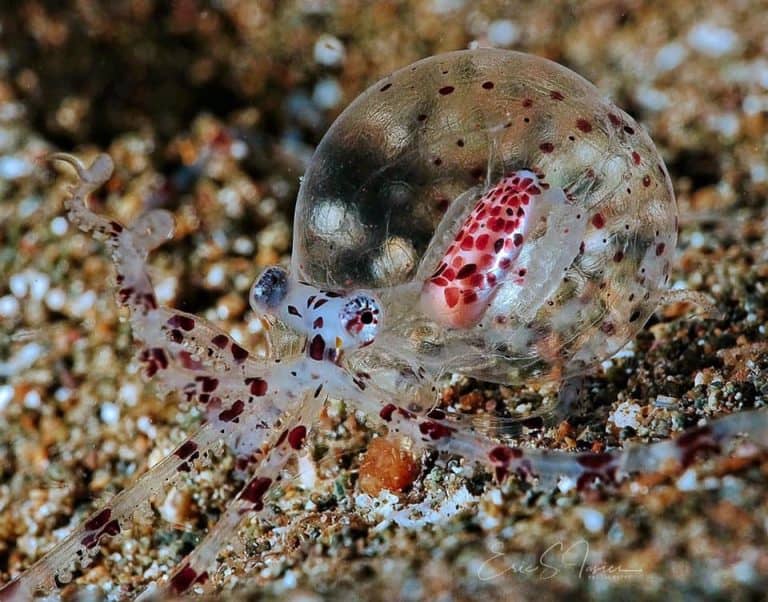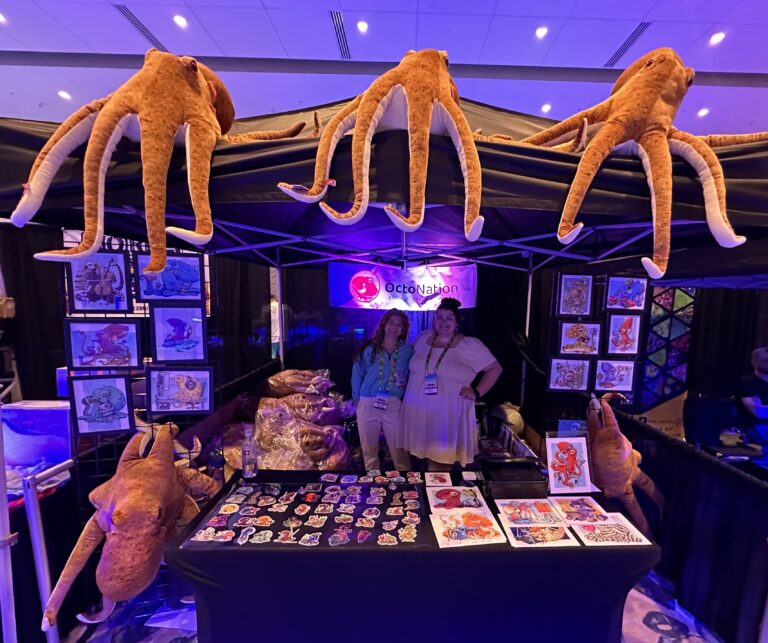The Coolest Cephalopod Research To Come Out Of 2021
2021 may have been the second year of this new “normal” life we all find ourselves in. And, even after everything we have been through, none of it has slowed down cephalopod scientists from new discoveries. So, with that said, here are 6 of the coolest and often hilarious cephalopod research to come out of 2021!
1. Octopus Punches Fish In The Face!
So… Technically, this story is from the end of 2020, but it went viral in 2021, and it’s too good not to include it on our list!
I mean, it’s not every day that scientists discover octopus sucker-punching fish (also dubbed as the Octo-Punch!). Scientist Eduardo Sampaio filmed this type of interaction while he was researching hunting behavior in the Day Octopus (Octopus cyanea).
Octopus will sometimes temporarily team up with different fish species to hunt for food. This type of hunting party can help an octopus locate and trap prey, resulting in a greater chance of landing a meal!
While the Day Octopus seems happy enough to share its food with those fish that helped in the hunt, it has no time for thieving little fish scrounging around looking for a free morsel.
Pretty handy to have 8 arms in these instances… a few for holding onto food, and one free arm to punch unhelpful and unwelcome fish!
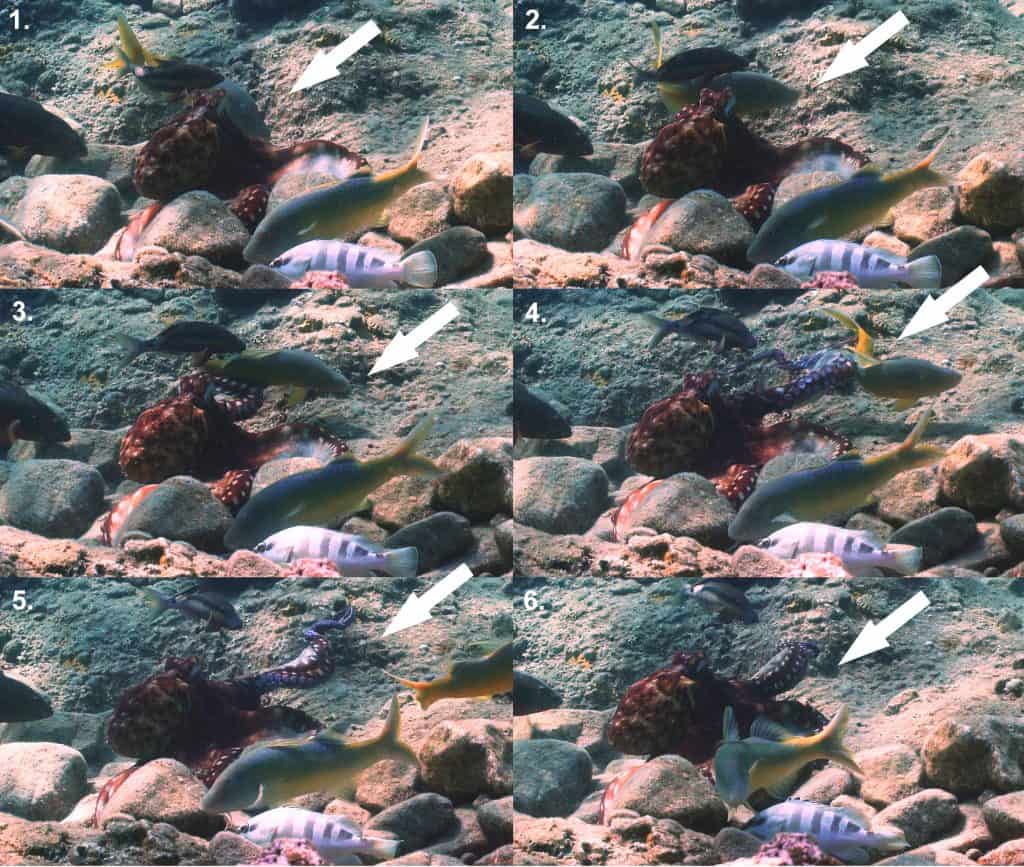
2. DUCK! The Gloomy octopus Is throwing shells and blasting it’s octopus neighbors with silt!
Along the coast of eastern Australia is an underwater octopus city dubbed Octlantis by scientists where around 15 Gloomy Octopuses, also known as the Common Sydney Octopus (Octopus tetricus) live together… just NOT harmoniously.
Apparently, right next door is another Gloomy Octopus gathering known as Octopolis!
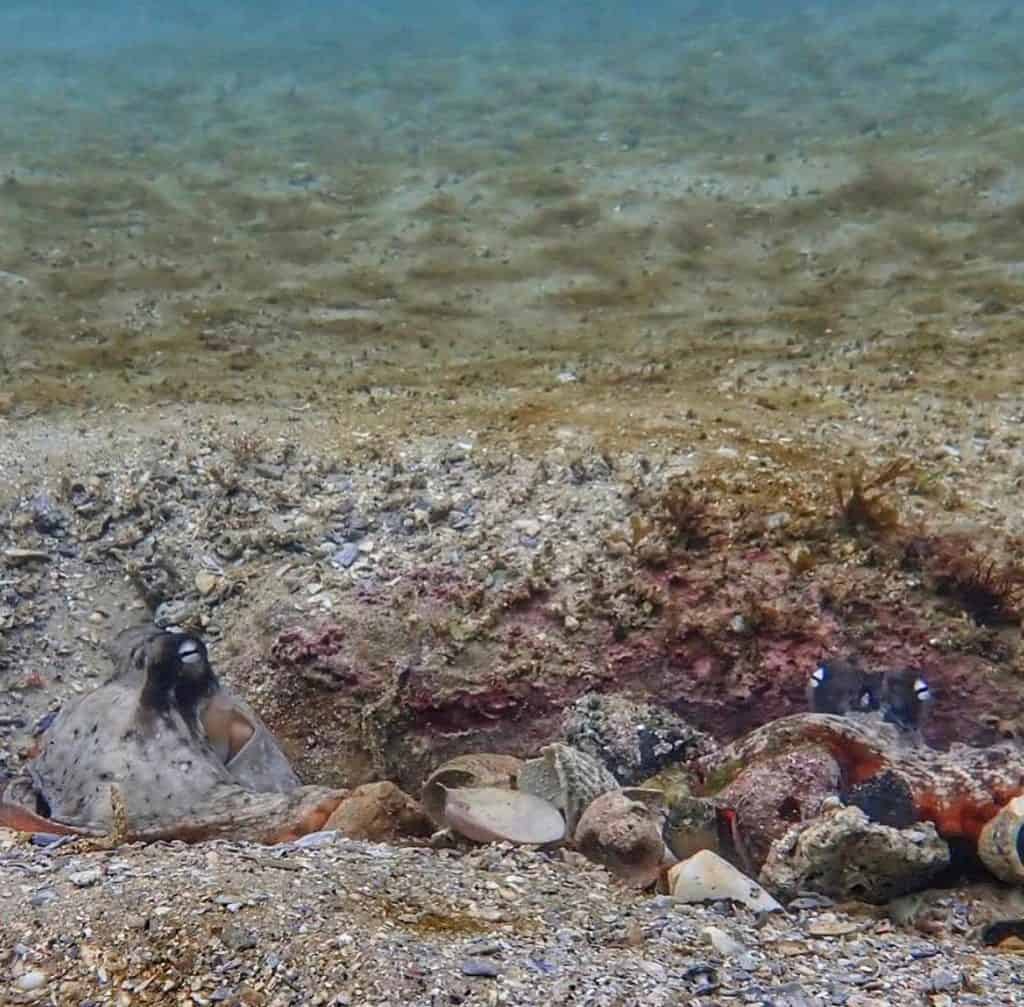
Both are lawless underwater cities where octopuses get into it.
They have:
- Blast each other with silt
- Hurl seashells at one another
- Evict each other from their dens
Being expert manipulators of objects, octopuses figured out how to launch objects through the water column. They do this by bringing them close to their siphon and forcefully jetting water at whatever object they wish to throw.
The latest and greatest research to come out of Octopolis in 2021 was that it seems as if females were really the ones throwing things.
Their targets? Mostly males who were generally annoying about their eagerness to mate. They would either get hit by:
- Shells
- Algae
- Or, blasted with a cloud of silt
I feel like the message is pretty clear: “No, thank you to all of that.”
Out of all of the cephalopod research in 2021, THIS is the most relatable. Am I right?
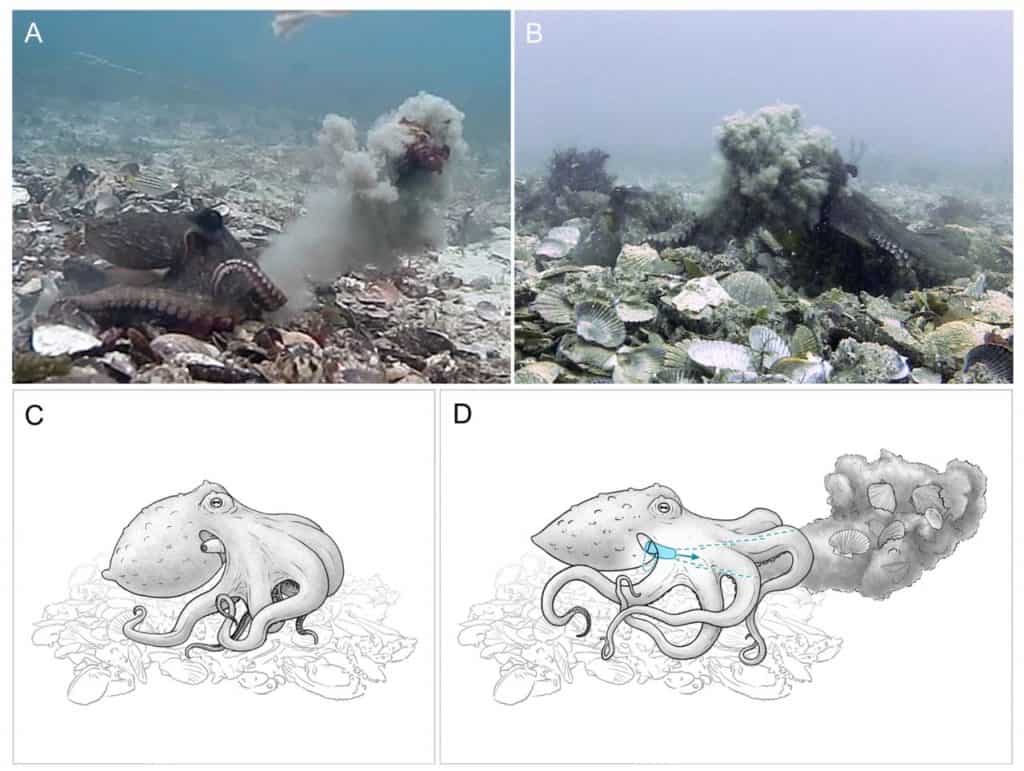
3. Squid Daddies Go House Hunting Around Their Neighborhood Reefs For The Perfect Spot!
From the same scientist that brought us the Octo-Punch, Eduardo Sampaio was full steam ahead with more discoveries in 2021!
He discovered that male squids might actually be caring parents after all.
When it comes time to mate, squids tend to gather in massive groups, with males putting on a big flashy and colorful show for the females. Once the male woos a female, deposits their spermatophore in her mantle, it was thought that the male bounced, leaving the female to deposit her fertilized eggs alone.
Turns out, video footage gathered from Bigfin Reef Squid showed males checking out crevices in the reef, essentially “house hunting” for a safe spot where the female can lay her eggs.
Leaving a female unattended during a mass mating event is risky (she might get wooed away by another suitor!), but securing a well-protected home for future offspring might outweigh those risks.
It just goes to show, you can’t judge a male bigfin reef squid by its previously observed actions.
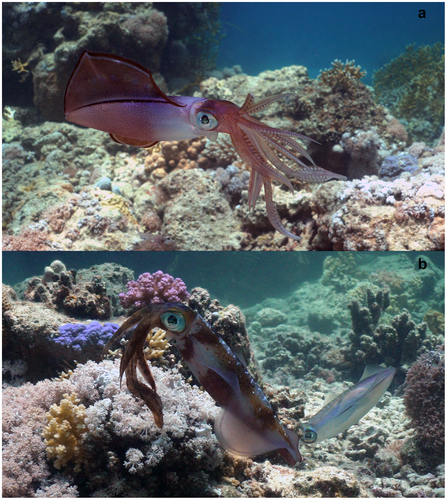
4. Meet The Inkcredible Glass Octopus!
No one saw this one coming…literally!
In all of the cephalopod research of 2021, this translucent beauty went viral after stunning video footage of TWO Glass Octopuses was captured by the ROV SuBastian on an expedition led by the Schmidt Ocean Institute this summer.
The Glass Octopus (Vitreledonella richardi) is 95% translucent, with only its eyes, optic nerve, and digestive tract visible inside its body.
Their little suckers look like dollops of whipped cream, and their chromatophores make their bodies look like they were sprinkled with gold dust.
They also live at depths of 900 meters (3,000 feet) in our oceans, drifting through the darkness, remaining virtually undetected by humans and predators (can’t catch something you can’t see!).
While the Glass Octopus has been described since 1918, this was the first time it was observed in the wild, alive, and living its best abyssal life!
With more than 80% of the ocean still unexplored, should we really be surprised by any of the wild and crazy animals we find in the ocean’s depths?
5. Have You Ever Heard Of Kolliker’s Organs? It’s A Baby Octopus’s Biological Defense Strategy!
A tiny, microscopic organ only a baby octopus possesses, Kolliker’s organ lets them sail the high seas, make them appear larger than they are, and aid in camouflage.
Much like the Glass Octopus, scientists have known about Kolliker’s organ (KO) for nearly two centuries. But, thanks to some high-powered fancy microscopes and a team of international scientists, we got answers about what these baby octopuses do with this highly specialized organ in 2021.
As it turns out, it’s quite a bit!
Roger Villanueva and his team discovered KO could increase a baby octopus size by 66%. Each organ can be rotated and flexed to catch or resist ocean currents.
It can also refract light, making them harder to pinpoint by predators!
A pretty handy organ to have when you’re a squishy little morsel of protein out there in the open ocean, just waiting to grow big enough to settle onto a reef.
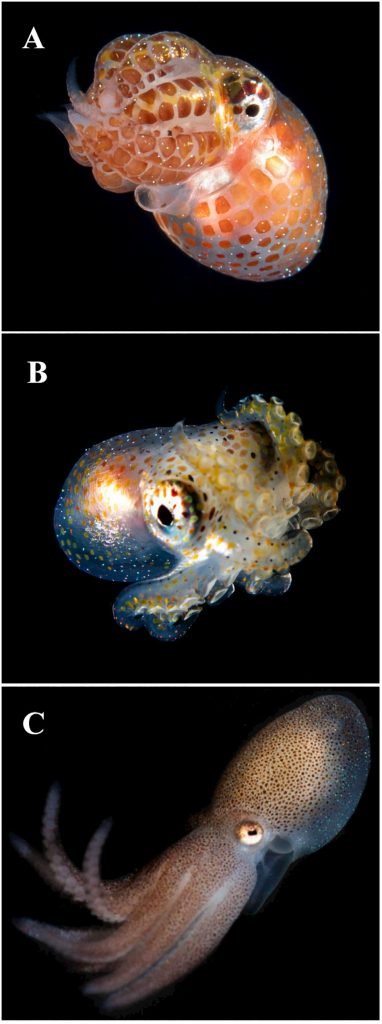
6. Cuttlefish- Will They Patiently Wait For A Tasty Snack Or Munch The First Chance They Get?
Is 2021 the year you discover Cuttlefish might have more self-control than your toddler?
Scientists performed a version of the “marshmallow test” on the Cuttlefish.
This is a famous psychological test of self-control and delayed gratification where subjects are offered a choice between eating one marshmallow immediately or waiting and getting two.
Cephalopod scientists decided to try this with Cuttlefish and evaluate their cognitive evolution, subbing in shrimp and crab for marshmallows!
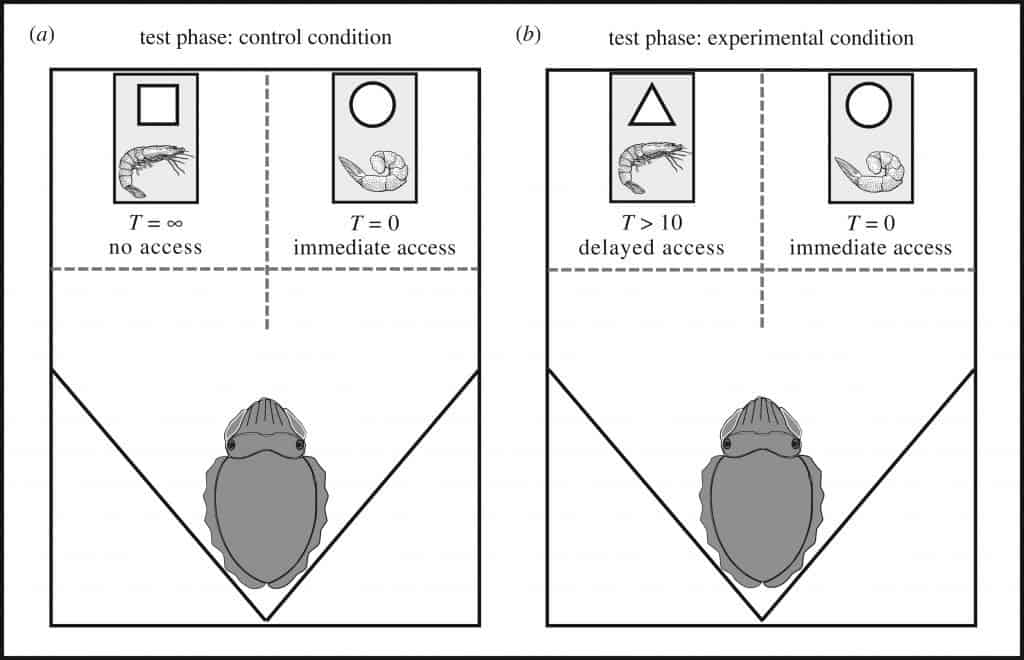
Once they discovered live shrimp to be a fan favorite in their Cuttlefish test subjects, they took it a step further.
The scientists would offer them a crab first and later a shrimp. After a while, the Cuttlefish caught on pretty quick.
They figured if they waited, they would be rewarded with a tasty shrimp AND with the crab. A 2 for 1!
Some even went so far as to turn their body away from the crab so as not to succumb to temptation while waiting for their shrimp.
This restraint is a sign of intelligence and evidence that these little squishy invertebrates can learn, make decisions, and plan for the future!
If we all could do the same…HA!
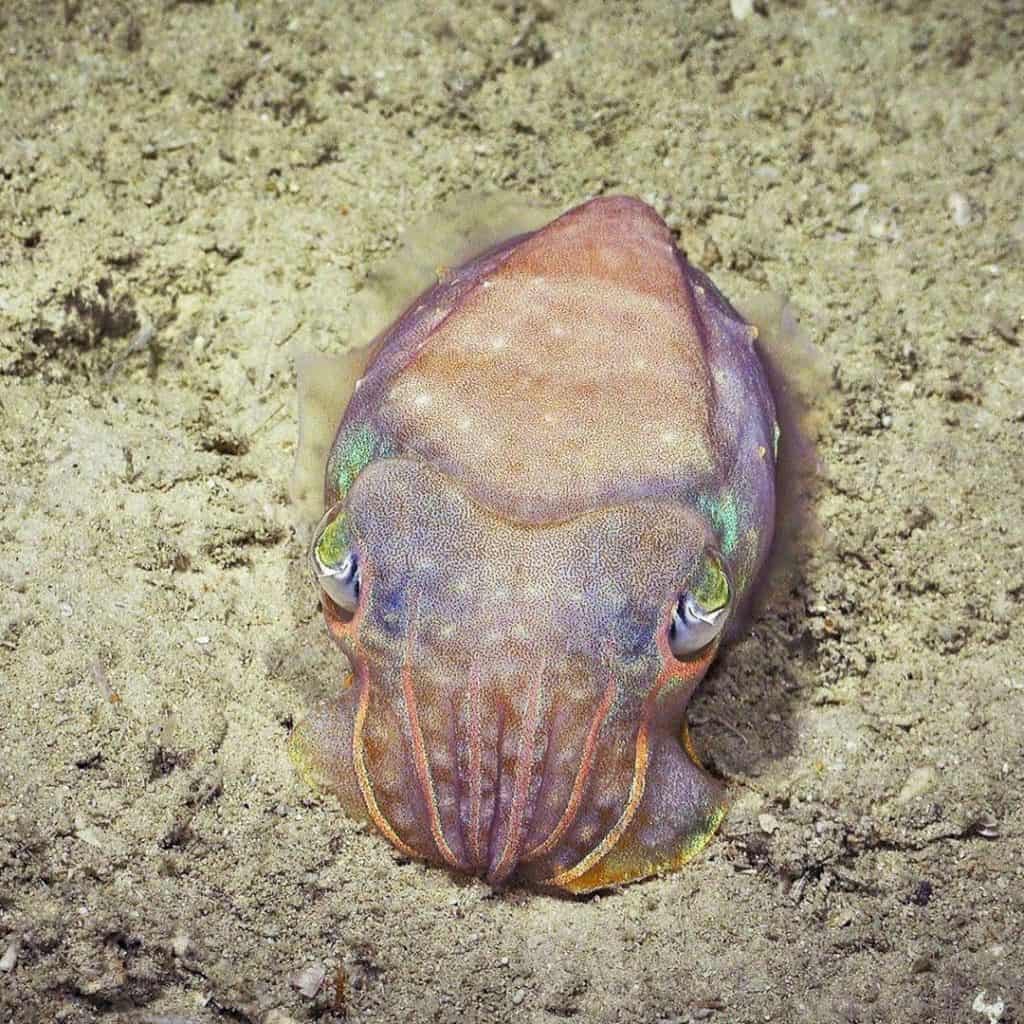
The Best Cephalopod Research in 2021- Here’s To 2022!
I can’t wait to see what crazy cephalopod shenanigans scientists will uncover in 2022! Anything you are looking forward to? Let us know in the comments down below.
If you want to educate yourself some more about all sorts of different cephalopods, take a look at our encyclopedia. Or, what we call it, our Octopedia!
Connect with other octopus lovers via the OctoNation Facebook group, OctopusFanClub.com! Make sure to follow us on Facebook and Instagram to keep up to date with the conservation, education, and ongoing research of cephalopods.
More Posts To Read:
- Do Octopus Bite?
- Does Octlantis Exist?
- “How The Octopus Lost Its Shell” (Octopus Comic)
- What’s The Difference Between Cuttlefish vs. Octopus?
- Breaking News – There are now THREE new species of Nautilus!
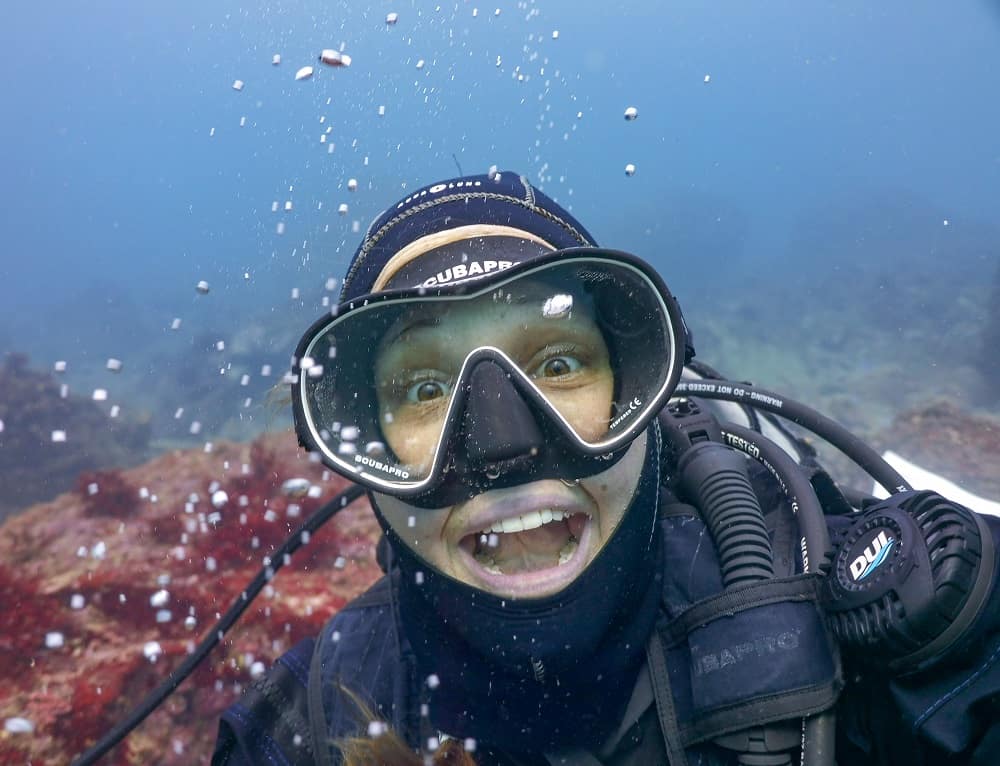
Corinne is a biologist with 10 years of experience in the fields of marine and wildlife biology. She has a Master’s degree in marine science from the University of Auckland and throughout her career has worked on multiple international marine conservation projects as an environmental consultant. She is an avid scuba diver, underwater photographer, and loves to share random facts about sea creatures with anyone who will listen. Based in Japan, Corinne currently works in medical research and scientific freelance writing!
